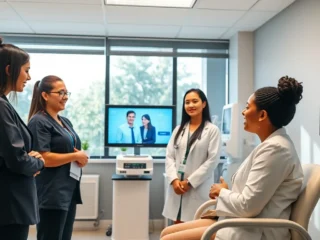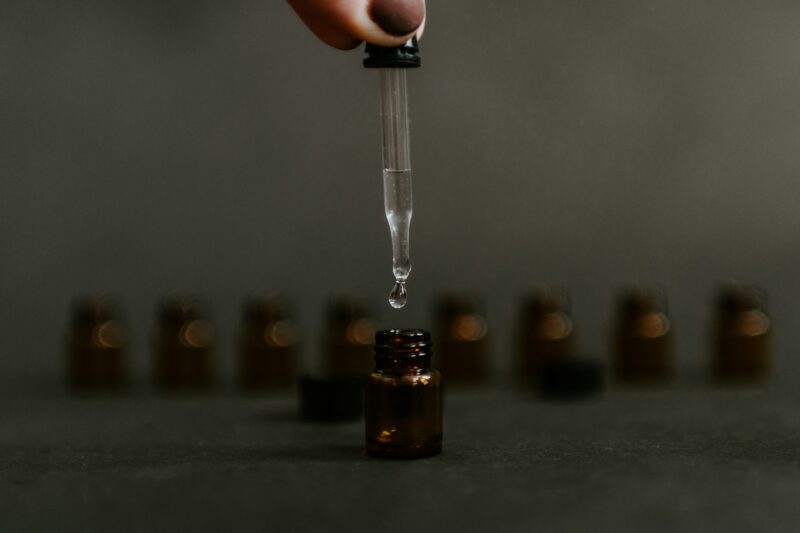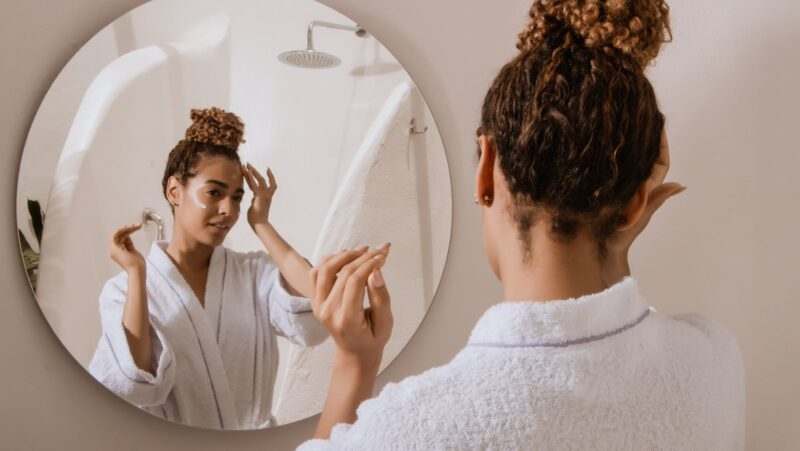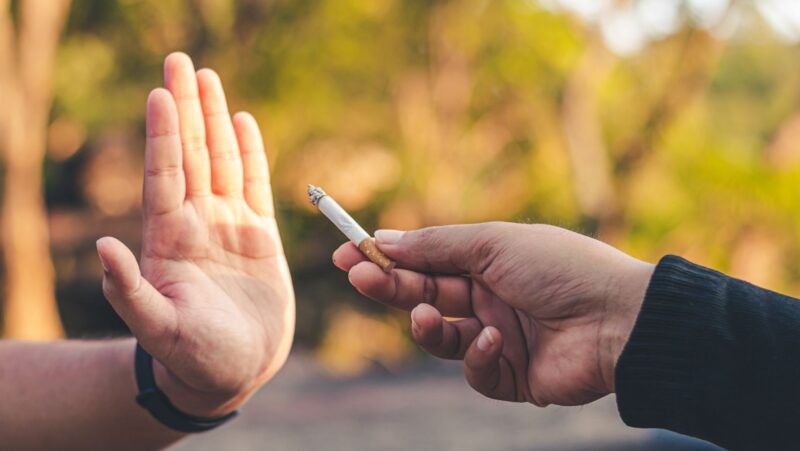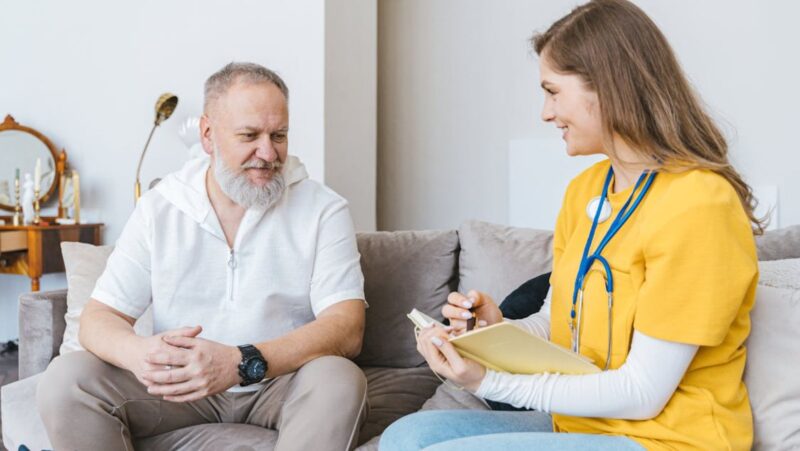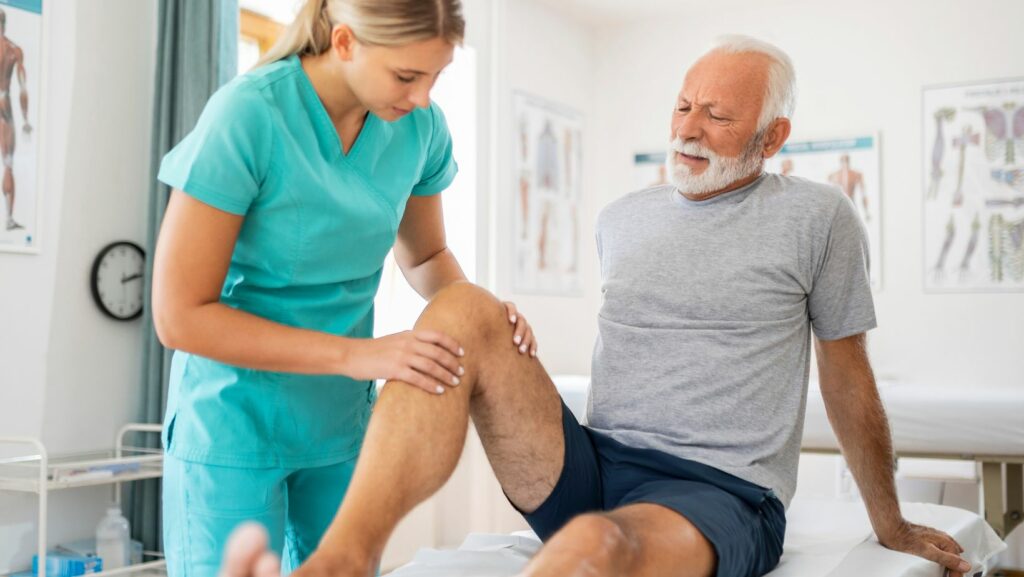
As you get older, you might notice a difference in the way your body feels. You might not be able to do the activities you used to do, or you might find yourself having pain after simple activities and exercises. You might even be making lifestyle adjustments, such as incorporating the use of a standing desk treadmill into your work routine to get your body moving or even engaging in the complete opposite of taking the elevator more often than the stairs due to joint pain in your knees.
Although this is normal as you age, it’s still very frustrating, and you might be wondering why your age makes such a difference when it comes to joint pain.
Why Does Age Affect the Joints?
The whole purpose of joints is so that bones do not directly touch each other. Instead, they have some cushion and padding in between the two bones.
Cartilage is also important because it lines the joints and ensures that there is fluid around the joints so that they are not stiff.
As you get older, the cartilage in the joints and the fluid in the joints decreases. This also makes the cartilage very thin.
This makes your joints feel very stiff, and you might find that you cannot move and exercise as well as you used to.
How to Prevent Changes in Joints As You Age
Unfortunately, there is no way to 100% prevent joint changes as you age. Almost everyone will experience pain in their joints at some point or another as they get older. However, there are certain things you can do to ensure that your joint pain is not severe and that you can overcome the symptoms.
Most of the time, joint pain can be prevented by keeping an active lifestyle. However, if you are already aging and having joint pain, exercise and keeping active will not do as much compared to if you had been active from a young age.
It’s never too late to start being active, though, so always make sure you are increasing your fitness levels whenever possible.
Here are some of the reasons why exercise is one of the best things you can do for your joints:
- Exercise makes your bones stronger and helps your bones not to lose some of their weight and density
- The skills and coordination you learn while exercising can keep you from falling or having other issues
- Keeping active as you age can ensure you are at less risk of developing osteoporosis
- Some activities like weight training can ensure you are keeping as much bone mass as possible
Even if you cannot do hard exercise like running on a treadmill or lifting weights, you can still do things like water-based exercise or stretching. While these things are not as active, they can still reduce your risk of getting bone and joint-related issues as you get older.
Physiotherapy
Part of the exercise is also physiotherapy. Keep in mind you might not be able to exercise the same way as you used to when you were young, and this is okay.
All that matters is that you are doing some form of exercise that keeps your muscle mass and bone density growing rather than decreasing.
Joint Supplements
As you get older, taking supplements becomes a natural part of life because they can help you to stay healthy.
Supplements containing herbs, such as Arthrozene by Fisico, have natural ingredients that supplement your regular diet and deliver nutrients to your joints. They also ensure your body can absorb more vitamins and things it needs to be healthy.
Eat Better
As you exercise and take supplements, you also want to make sure you are eating as healthy as possible. Some people choose to go on special anti-inflammatory diets because it can help them to experience less pain and issues in their joints.
Some of the foods to stay away from include sugar, alcohol, saturated fats, red meat, and processed foods.
Foods that fight inflammation and allow your joints to feel better include nuts, beans, fruits, vegetables, lean meat, fish, and poultry.
Joint and Bone Conditions As You Get Older
Everyone is prone to problems in the bones and joints as they age. Although it’s unfortunate, it’s common and needs to be talked about so that people can prepare themselves.
Some of the most common conditions in bones and joints as you get older include:
- Osteoporosis: This is when the bones lose their mass, and they become weak. Fractures are more common, and you might even break a bone much easier.
- Osteoarthritis: This is when the cartilage breaks down inside the joint, and there can be extreme stiffness and pain.
- Osteomalacia: Bones will become very soft with this disorder, and people might have issues absorbing vitamin D, which can cause other issues as well
Aging and Your Joints
One of the main reasons you will experience joint pain as you get older is because your connective tissues are changing and becoming weaker.
Here are some of the ways the cells and tissues in your body change as you age:
- Your body does not generate tissues as fast as it used to
- There are more lipids inside the cells, which means that cells have a harder time doing their basic functions.
- Many changes in the body’s chemicals and hormones make the body weak, and the cells inside cannot grow as well as they used to
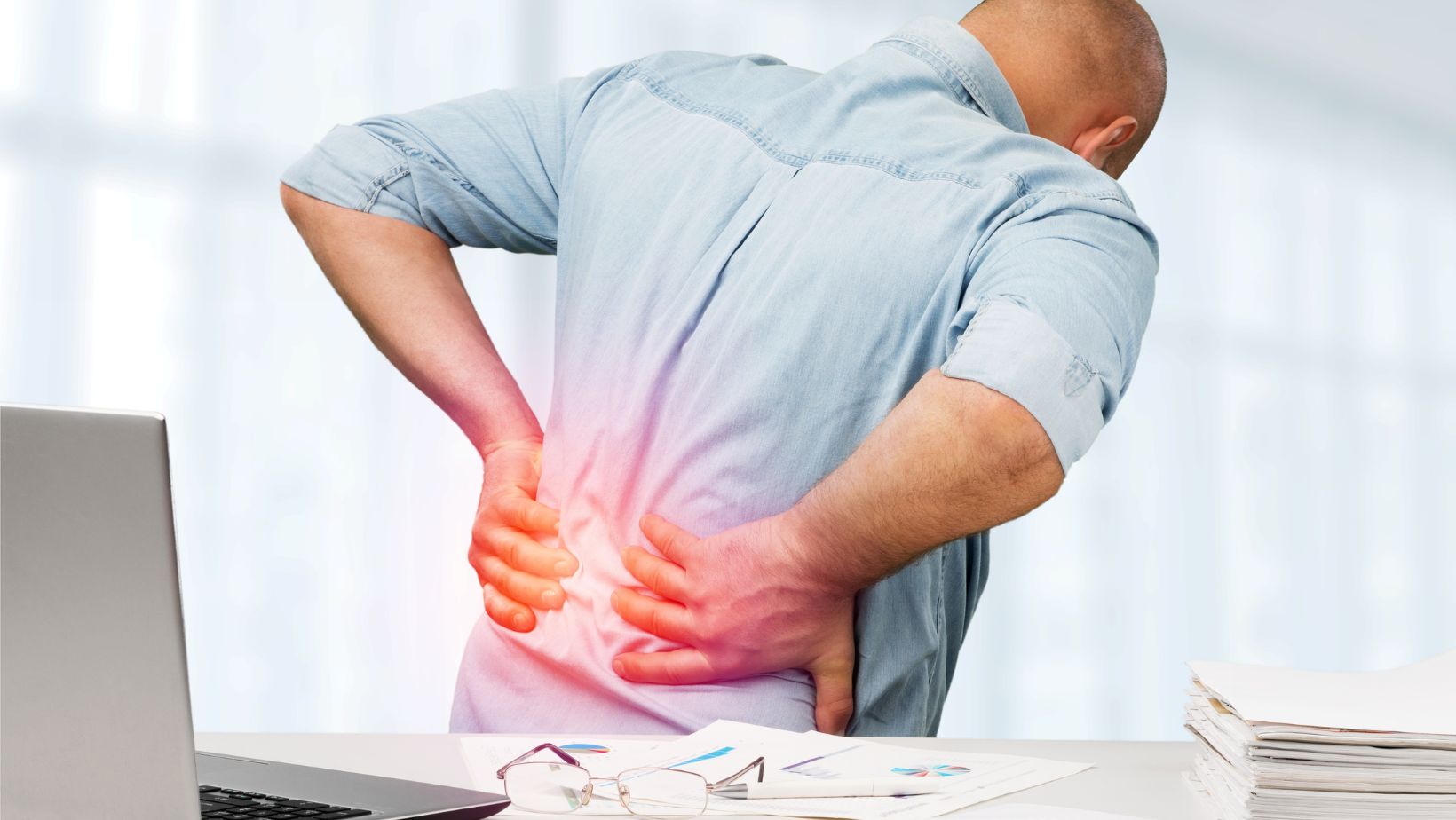
All of the above can make you feel less strength and more stiffness, which also makes it harder to stay active.
Don’t Ignore the Pain
If you have any kind of joint pain, don’t ignore it, even though it’s a normal part of aging. You should still speak to your doctor and explain to them the pain you are feeling. This way, you will know if it’s normal and how you can more easily prevent it and feel better as you age.
The Bottom Line
Joint pain is common when you get older, and you need to ensure you are doing everything in your power to reduce the pain and ensure it doesn’t get worse.
The easiest way to relieve pain from the joints is to stay active and keep your bones and joints moving. You should also eat healthy and consider taking joint supplements.






